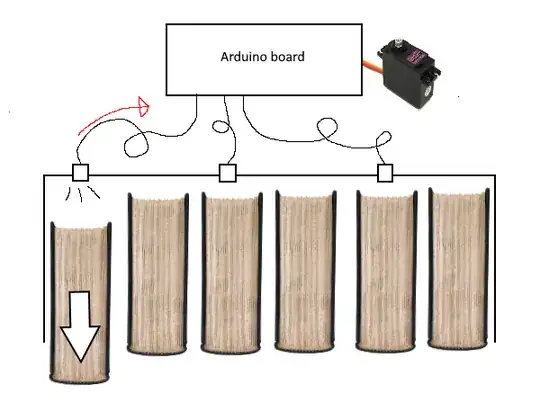What is the best and most reliable way to detect if a book is pulled out of a book case?
I have a book case which I want to mount sensors to so that I can detect when certain books are pulled out, I don't need to know how much, all I need is a boolean trigger if the book has been pulled out 2+ cm or so (works with lower too). I would preferably also want to know when they have been replaced but that is just a bonus.
The goal of the project is to move a servo which may or may not open a secret door when 3 books are pulled out in a certain order.
The sensors need to be able to work continuously 24/7 for years.
Here is a masterfully drawn picture to explain it even better.
So far I have been thinking of mechanical switches, Ultrasonic Sensor (HC-SR04), or possibly some sort of infrared light and sensor that can detect a change in intensity (where a lower intensity is book being pulled out).
The mechanical switch I could easily do, but I would prefer something that is less obvious, and less "clicky" when it's triggered. I don't want to give away that there is something special with a book if someone picks it up on accident.
Any ideas on how it can be done? Would love tips for specific components as I'm not native to the arduino world and have a hard time finding exactly what I'm looking for.
